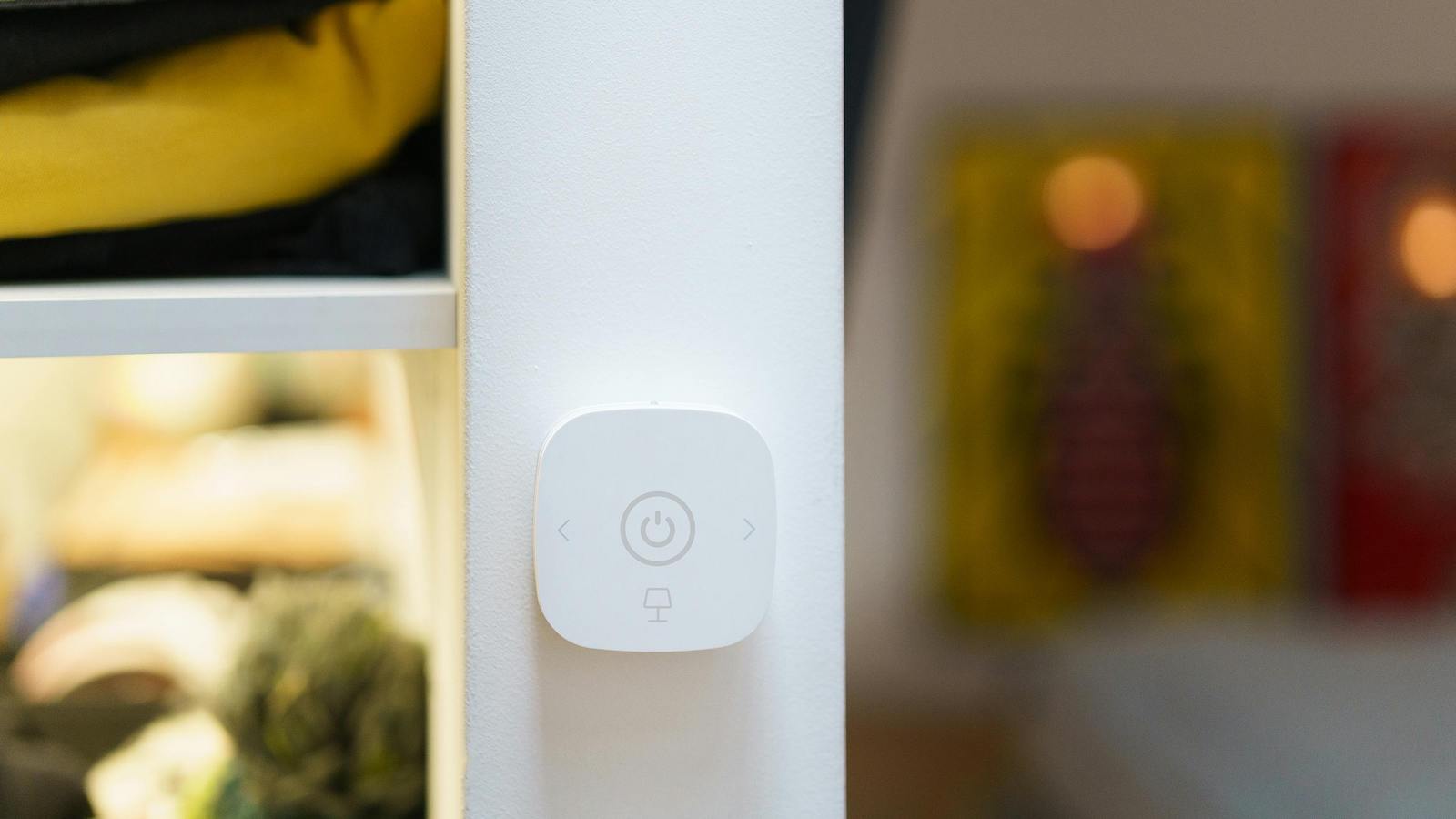In our hyper-connected world, it’s no longer just our phones and computers that are connected to the Internet; our homes, our cars and even our own bodies are, too. Voice-activated smart-home systems, wearable fitness trackers and drones are becoming more and more commonplace, showing the profound impact of the Internet of Things (IoT) on our everyday lives – and our businesses.
With global spending on IoT devices and services expected to reach $1.7 trillion by 2020, digital disruption is infiltrating every vertical market, including the insurance industry. In the wake of this disturbance, we are seeing a dramatic rise in investments in innovative digital insurance startups, also known as “insurtechs.” Just as “fintechs” are disrupting the financial services industry, insuretechs are challenging traditional broker-based insurance business models. Now, to meet the needs of today’s consumers who expect anytime, anywhere service and support, incumbents are faced with two options: digitally transform their organizations or go out of business.
Driving disruption: Insurtechs and IoT behind the wheel
In 2015, insurtech investments more than tripled, from $700 million to $2.5 billion, as venture capitalists embrace creative, new business models that reimagine insurance by leveraging Internet-enabled devices, self-serve technologies and peer-to-peer (P2P) platforms. For example, Sequoia Capital recently provided U.S. P2P startup Lemonade with $13 million in initial funding to offer consumer insurance based on self-serve technology. In addition, some of the world’s largest insurers, such as Aviva and MetLife, have formed their own, internal venture capital funds to invest in startups that could propel their digitization efforts.
See also: Insurance and the Internet of Things
Despite these efforts, the insurance industry is actually one of the least-prepared for the changes that IoT, sensors, big data sources and other disruptive technologies will bring. In fact, a 2016 survey showed that only 36% of respondents from insurance companies said that their organization can use insights from new data sources to boost company value. The good news is that insurers seem to understand the impact that digitization will bring, and the speed and scope of the disruption. A BI Intelligence survey reports that 75% of insurance executives expect to feel pressure to innovate from new data sources, such as IoT devices, within three to five years.
Unlocking new capabilities, new markets with IoT
Insurers must embrace insurtechs and consider the many ways that IoT can help them differentiate themselves in a rapidly changing landscape. With IoT, insurance companies can leverage big data analytics to better understand and underwrite risk, improve loss prevention and even predict consumer behavior. In the home insurance realm, security systems, video monitors, smoke detectors and other “connected home” appliances allow carriers to obtain significant data to help mitigate homeowner risk. Or, car insurance carriers can provide users with applications that monitor driving habits, allowing them to predict risks based on the collected data (as well as give users discounts for safe driving records). We even see property insurance companies using drones to quickly and accurately assess damages, and simplify their adjusters’ workflows.
In addition, the visibility into risk allotted by IoT and internet-enabled devices allows insurers to tap into opaque and difficult-to-serve markets, like cyber liability insurance. This is great news for both insurers and clients. Still, fewer than 10% of companies have cyber insurance, and just seven insurers control about 80% of the entire market. Instead of relying on questionnaires and limited data for underwriting cyber risk, insurers can use IoT technologies and in-depth threat analytics to perform more detailed assessments – and gain a bigger slice of the market.
The customer experience is still king
All this talk about digitization, self-serve technology and changing customer expectations raises a huge question: Where does the agent fit? Will customers be more inclined to rely solely on mobile technology and new types of devices to conduct business, and forgo traditional, “face-to-face” interactions? Rest assured, that is not the case. Rather, insurers can use digital transformation as a means to develop more personalized, engaging experiences that strengthen customer relationships and serve as a competitive differentiator.
In many situations, insurers in the midst of digital transformation are employing agent and digital business models. With “agent and digital,” consumers have the best of both worlds – quick, convenient access to information and purchase of products through mobile devices and other channels, as well as one-on-one, real-life service when they need it. Moreover, these technologies allow insurers to obtain a 360-degree of the client and use analytics to evaluate their behavior, anticipate their needs and offer the best products with the right price, at the right time. Plus, insurers can better connect customer journeys across channels, from new customer acquisition to on-boarding, to service, to claims and more.
Mobile tools are especially useful for agents working in the field. They can quickly consult their carriers’ experts for real-time advice on complex transactions, and even directly connect the customer with the carrier to help close deals and resolve issues faster. The result is a happier customer and a more informed, productive agent.
See also: How the ‘Internet of Things’ Affects Strategic Planning
As we embark on a new year, the heat is on for insurers to digitally transform themselves, or they will undoubtedly fall behind. However, bringing their digital strategies to life involves more than simply investing in insurtechs and acquiring new technological capabilities. Successfully implementing digital transformation requires insurers to effectively align those technologies to their business strategies and scale them across their entire enterprise. In the end, the insurers that do so will find themselves with greater market share and, more importantly, happier, lifelong customers.
How to Reimagine Insurance With IoT
With IoT, insurers can leverage big data analytics to better underwrite risk, improve loss prevention and even predict consumer behavior.






